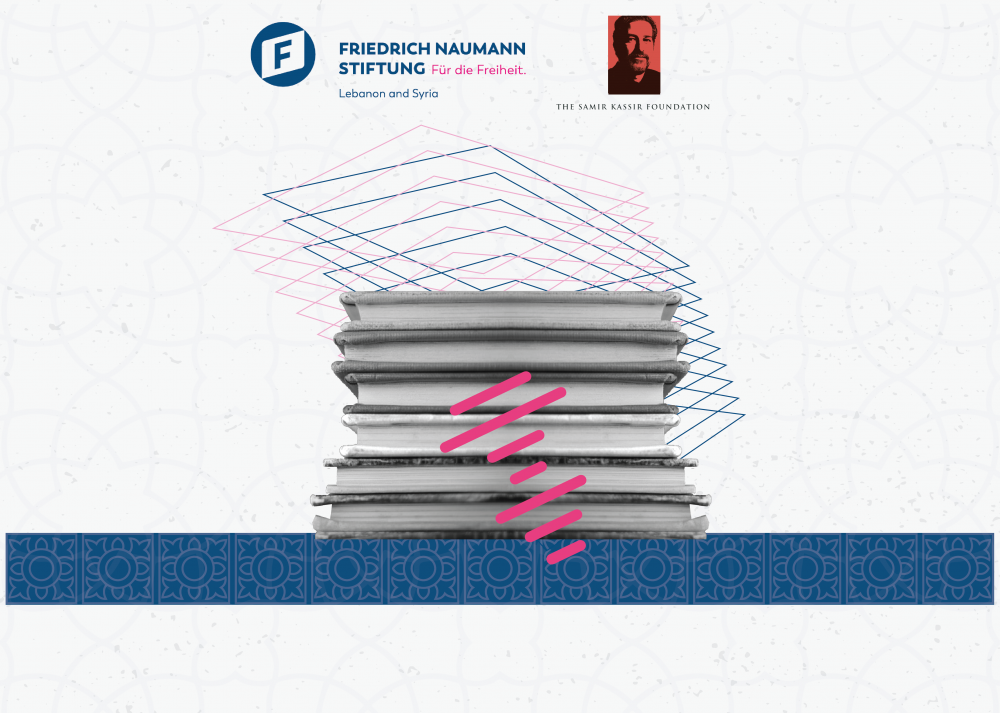
This study sheds light on art education in Lebanese schools and the obstacles it faces. It also explores the reasons behind such constraints and suggests possible solutions. The study aims to reiterate the importance of art education and the necessity for practical and objective findings. Said findings would seek to alter the manner in which art education is perceived by the Ministry of Education and Higher Education (MEHE) and the Centre for Educational Research and Development, thereby resulting in a shift within the arts curricula. The objectives of the present study are stated below:
• Shed light on arts curricula regulatory framework;
• Determine the educational institutions in charge of training teachers to facilitate art classes;
• Identify the methodology and implementation of arts teaching;
• Detail objective findings and make them available to education officials;
• Delve into the role of arts in education; and
• Contribute towards the development of a research base which serves as a reference for subsequent papers.
In accordance with international conventions that guarantee the right to education, and as a founding member of the United Nations, Lebanon is bound to apply all the provisions of the signed treaties. Art education in schools is in line with Article 29 of the Convention on the Rights of the Child, which was signed by most countries including Lebanon and adopted by the United Nations in 1989. It reads as follows: “Education shall be directed to the development of the child’s personality, talents and mental and physical abilities to their fullest potential, the preparation of the child for responsible life in a free society, the development of respect for the child’s parents, his or her own cultural identity, languages and values, for the national values of the country in which the child is living, the country from which he or she may originate, and for civilisations different from his or her own.”
Publications and statistics developed by the Centre for Educational Research and Development (CERD) were utilized in this study. The Centre is the most important entity in charge of educational planning and development, including: curricula preparation and amendment, teacher training, as well as textbook assessment, printing and distribution. The study also quotes the articles published in the Centre’s magazine. One article in particular, “Arts in Education”, published by the researcher in the aforementioned magazine, features extensively. The study also relied on the information gained through experience in the research field. The researcher involved in this study worked as a fine arts specialist at the CERD from 2004 to 2009. These experiences, along with those stated in the short biography above, have allowed him to gather information, acquire knowledge and stay abreast of developments in the field for two decades.
Interactive communication with the research community facilitated in-person meetings with several art teachers in both public and private schools, in addition to virtual communication with a hundred other teachers. They answered specific questions about art education in their schools. These teachers were selected as a sample representing the Lebanese private and public schools across the country, and taking into account the differences between schools from an economic perspective.
Author: Hicham Zeineddine
Legal Advisor: Layal Sakr
Coordinator: Sarah Jacquin
Supervisor: Randa Asmar
With the support of the Friedrich Naumann Foundation.
The original version was published in Arabic on June 9, 2021 and is available here.